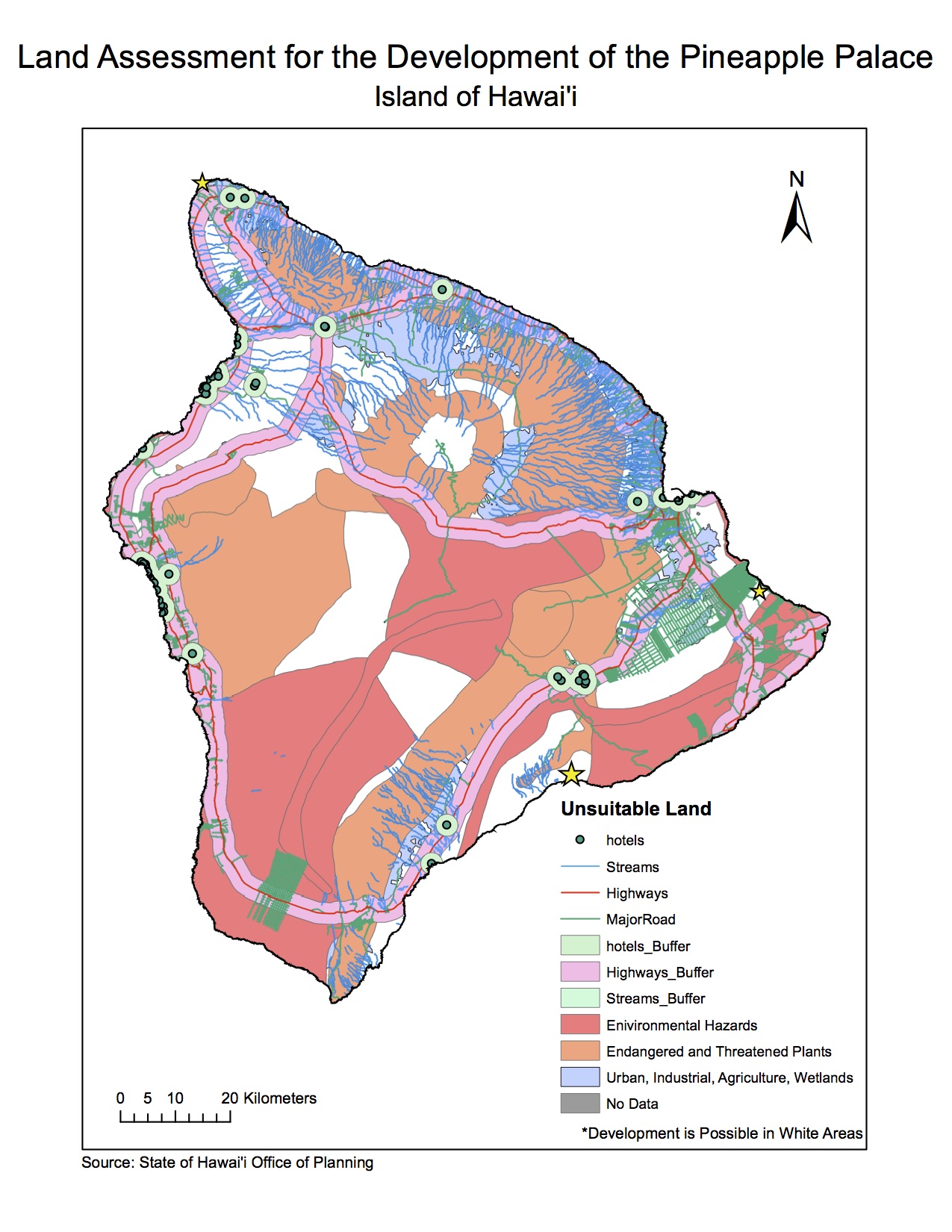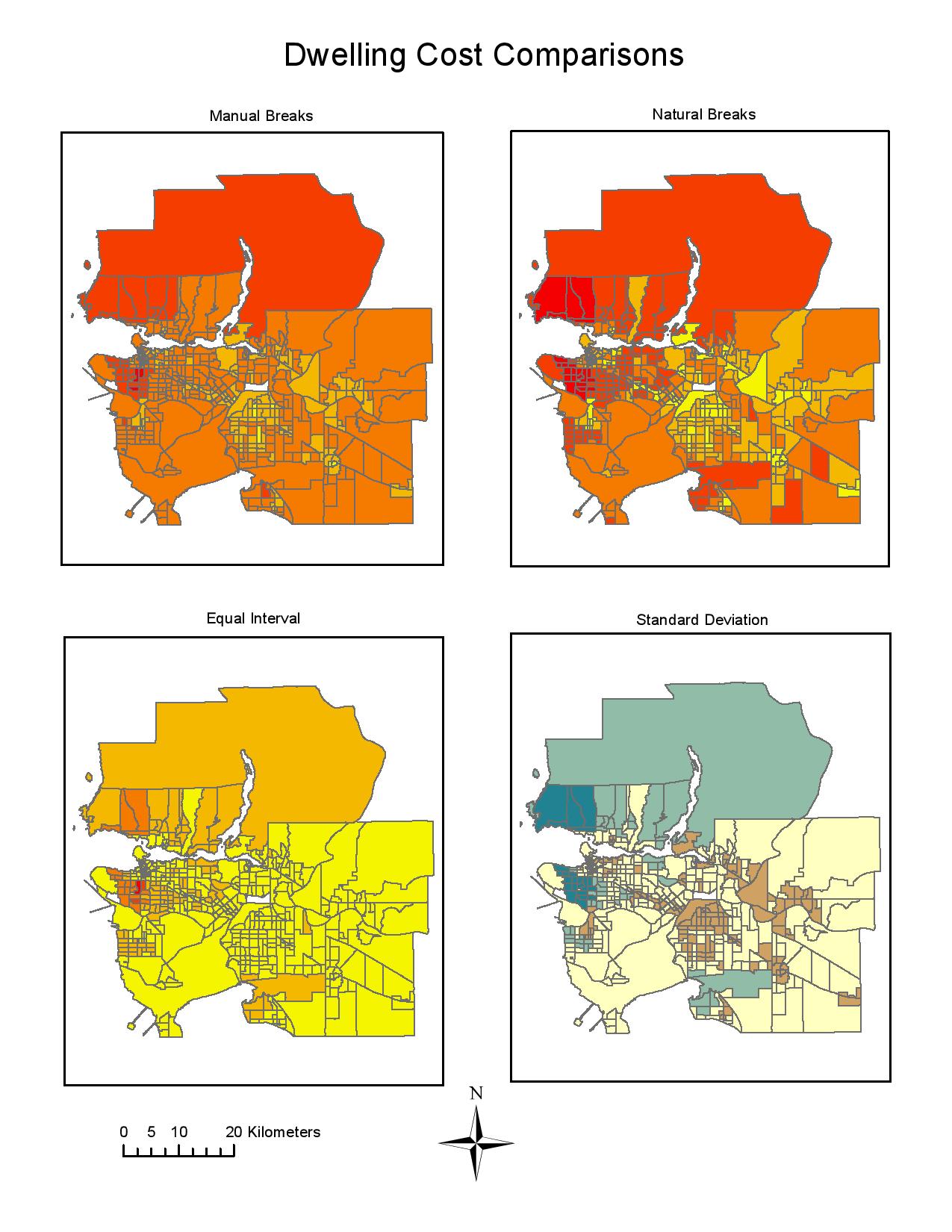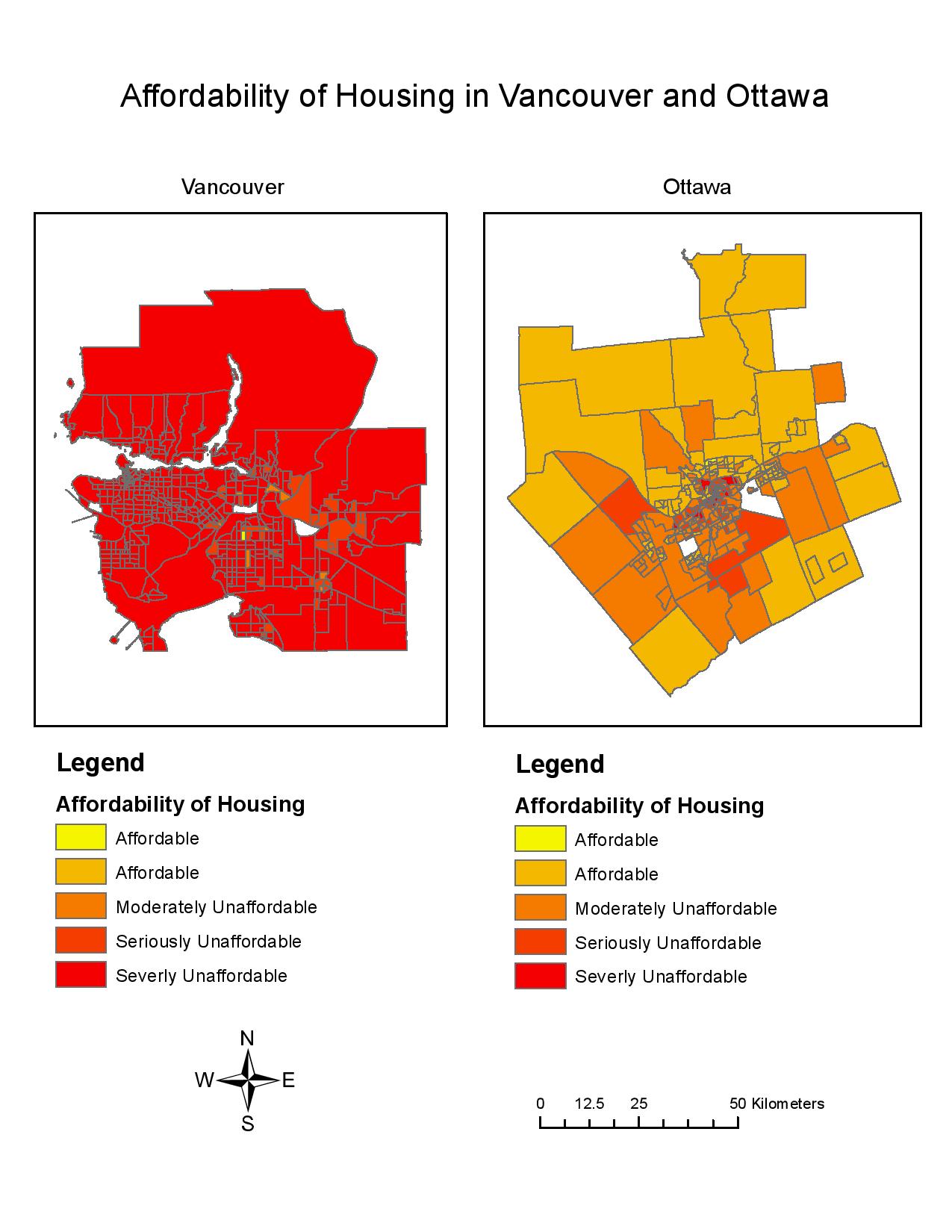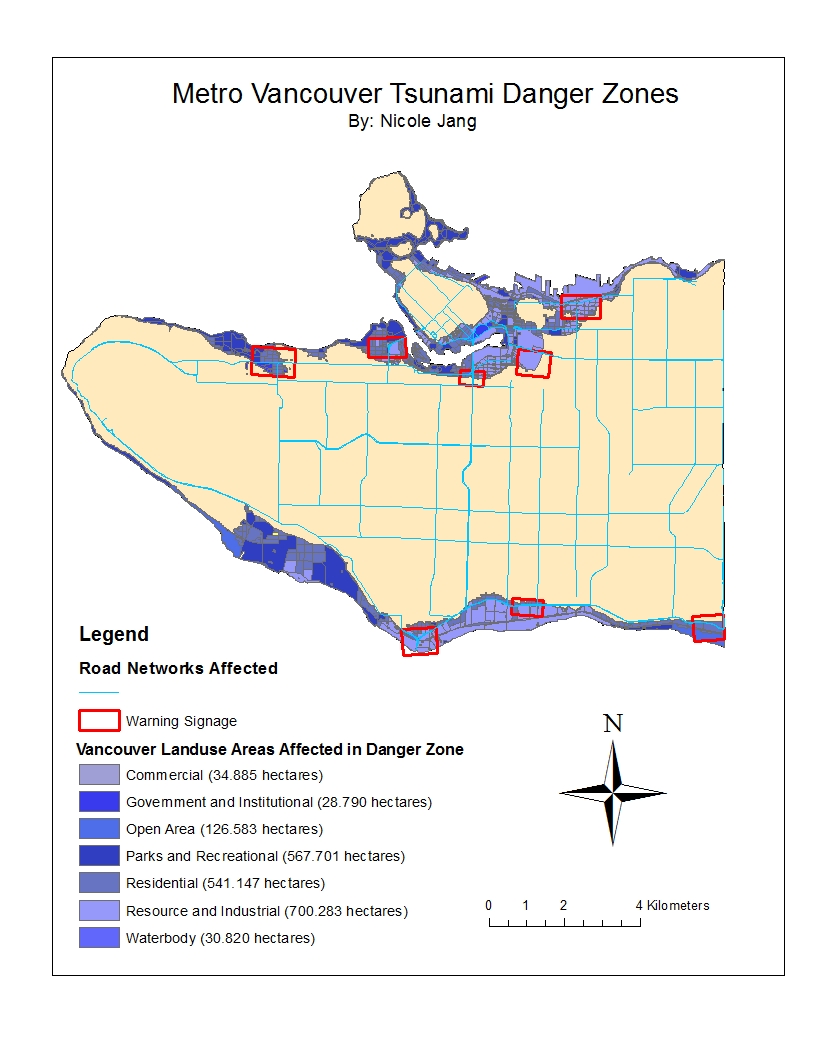
The original ad I have chosen is from Victoria’s Secret, and was used as a graphic on their website to promote their new “body” bra collection. The ad shows tall, slim females modelling the various types of bras that come in the new collection and is accompanied by the slogan “The Perfect “Body.”” While this advertisement seems fairly harmless, there is a lot that can be inferred from the use of a specific type of model and the word choice for their slogan.
Victoria’s Secret is a brand that is fairly popular among women of all shapes and sizes, as it is known for its comfort and can typically accommodate to a multitude of different body types. Their bras range from a 30A to 40DDD, and their clothing ranges from an XS to XL. However, they have notoriously only used tall, slim females, that are likely either an XS or S in clothing size, to model their clothing and lingerie in advertisements. It is no secret that Victoria’s Secret capitalizes on the image that they have created of a “Victoria’s Secret Angel” in their yearly fashion shows.
Although the ad is promoting their “body” bra collection, it is evident that their choice of words is quite controversial. It can be inferred that the “perfect body” is only the body type of the females in the ad. This idealistic image shows consumers what the brand believes all women should, or strive to, look like. They use the consumers’ insecurities to make them believe that buying a bra or clothing item from the brand will make them more “beautiful” or “attractive.” This mentality can cause individuals to have low self-esteem and feel like their body is not good enough. It is indirectly body shaming all individuals that do not possess the “perfect body” type, and in a way, promoting a toxic mindset for consumers who wish to look like a Victoria’s Secret Angel.

Through jamming this advertisement, I aspire to show that advertisements for women’s clothing and lingerie can be body positive and inclusive. By changing the caption from “The Perfect “Body,”” to “The Body Bra For All,” the ad promotes inclusivity and encourages individuals to buy a bra that fits all sizes. Seeing as Victoria’s Secret already has such a large range of bra sizes, this jammed ad seems a lot more appropriate for the promotional purposes of the body bra. Additionally, I edited out the word perfect, as I feel there is often a lot of pressure associated with the word “perfect” and what it perpetuates in terms of body image.
The models of different sizes, heights and ethnicities that I chose to add into the advertisement help to promote a positive body image. The smiles that are on their faces show that they are confident and proud of their bodies, which is what I believe a lingerie company should be promoting. The models that I added to the photo were actually from a body positivity campaign with the company, Aerie. Aerie is known for using models of all sizes, heights, and ethnicities, as well as models with disabilities. Additionally, they do not retouch any of their advertisements as they believe it is important for women to feel beautiful as they are.
With an increasing amount of societal pressure on women, I believe it is crucial to be promoting body positivity in clothing advertisements. Considering the fact that bras are a piece of clothing that almost all women own and wear on a daily basis, it is important for them to feel comfortable wearing and buying them. Instead of continually portraying one body type as the idealistic “perfect” body, advertisements should be encouraging women of all shapes and sizes to feel beautiful in whatever they choose to wear. With this culture jam, I hope to inspire companies to promote body positivity in their advertisements instead of body negativity.




